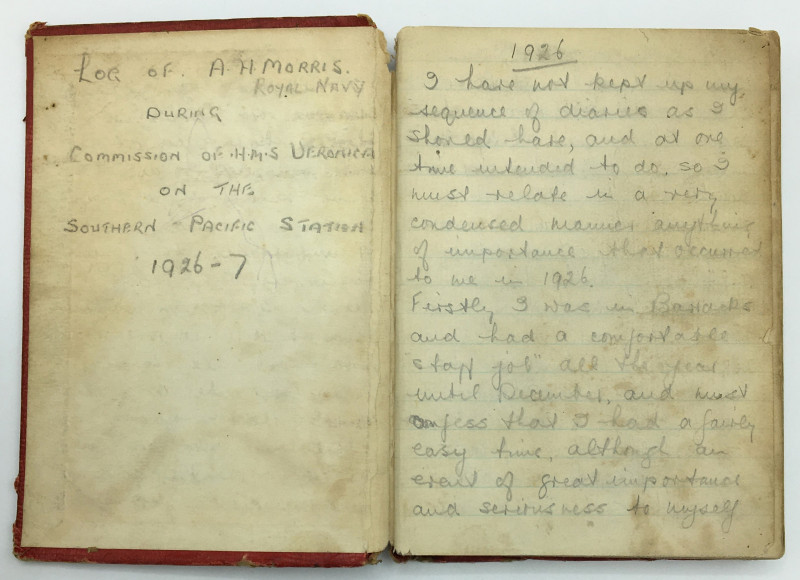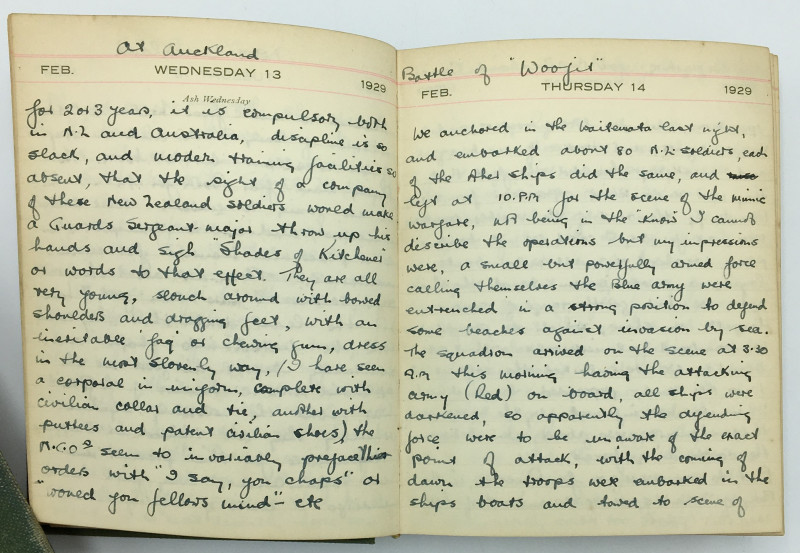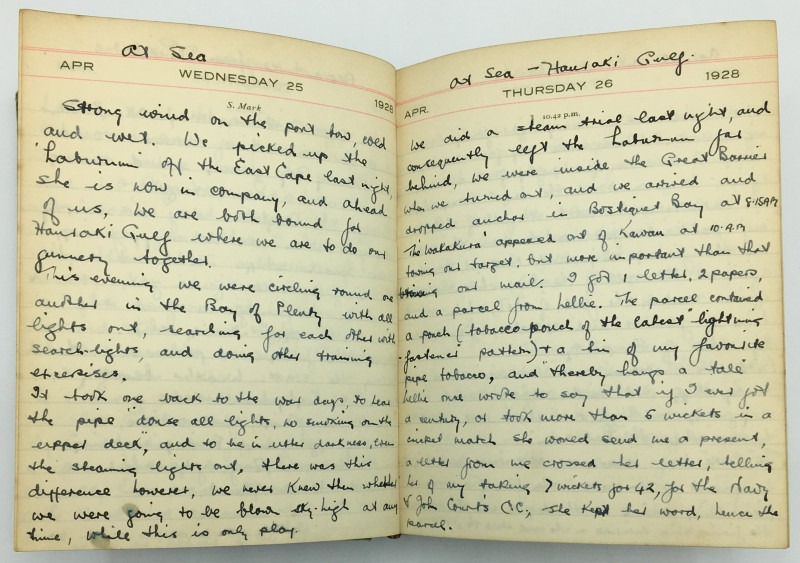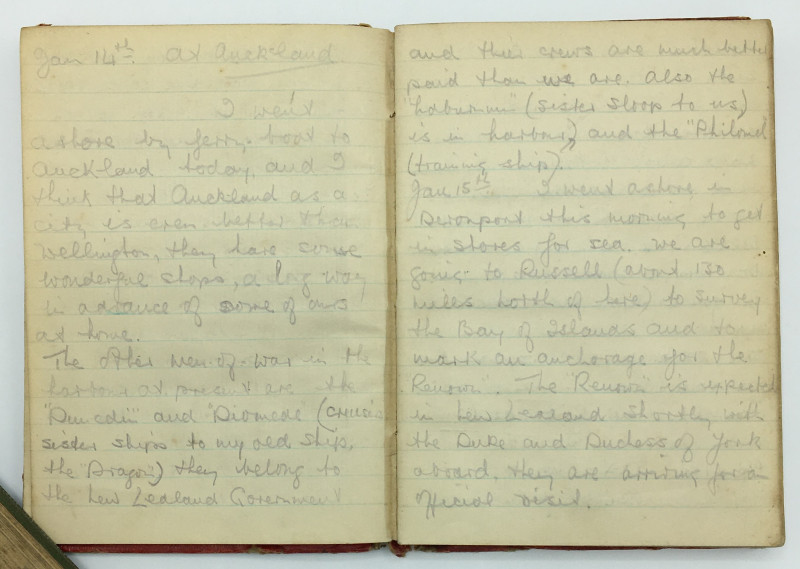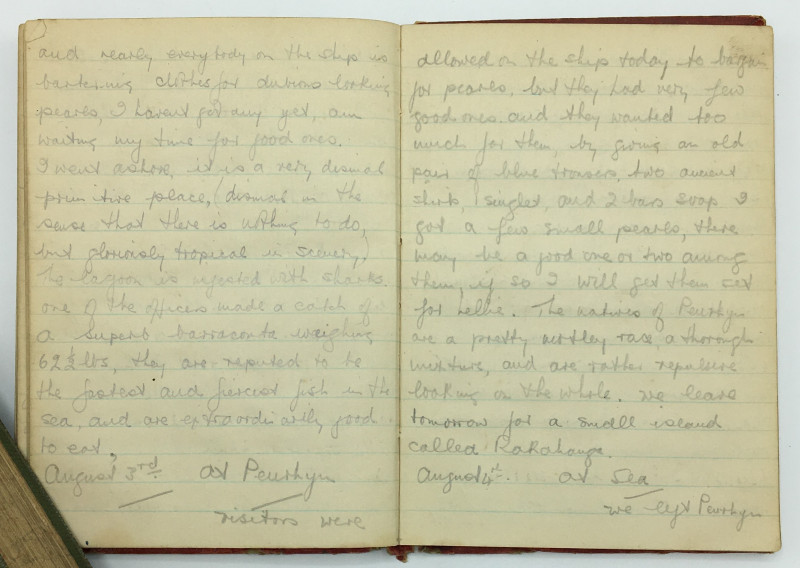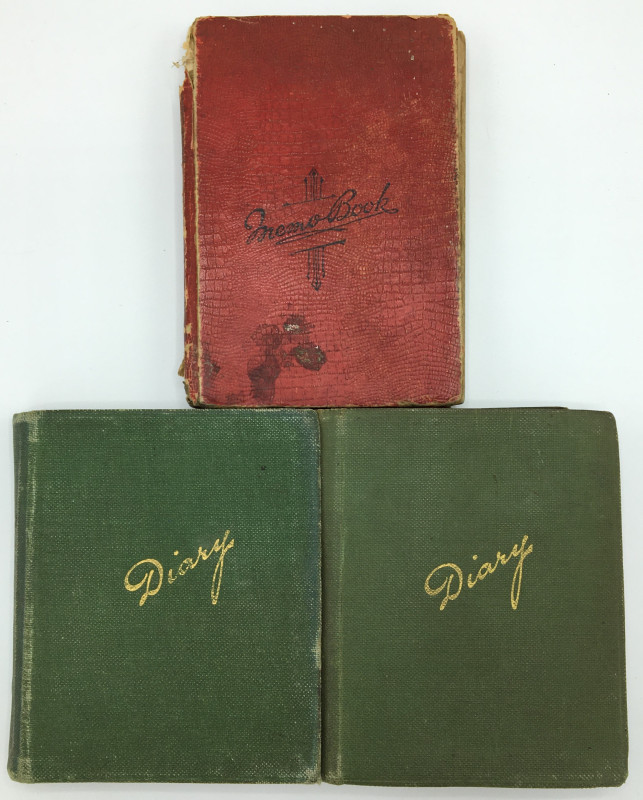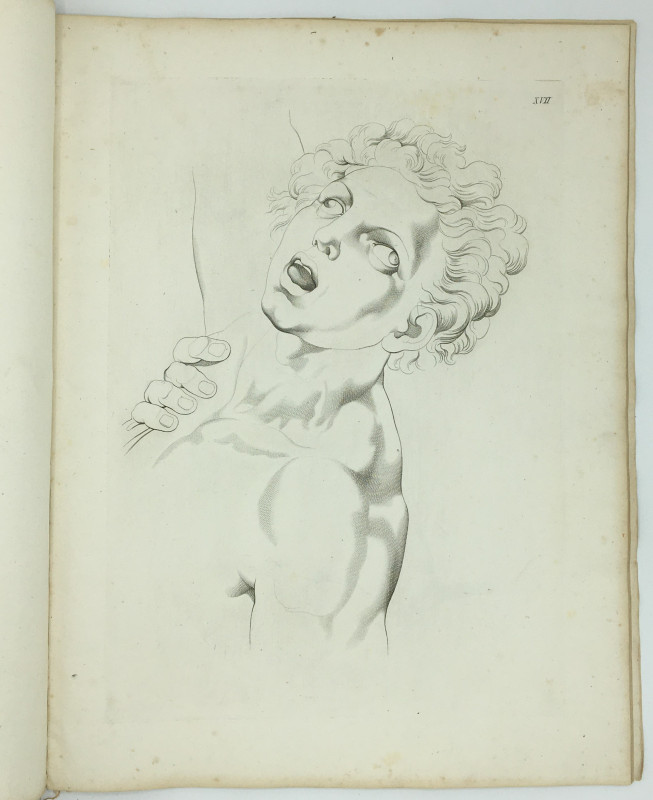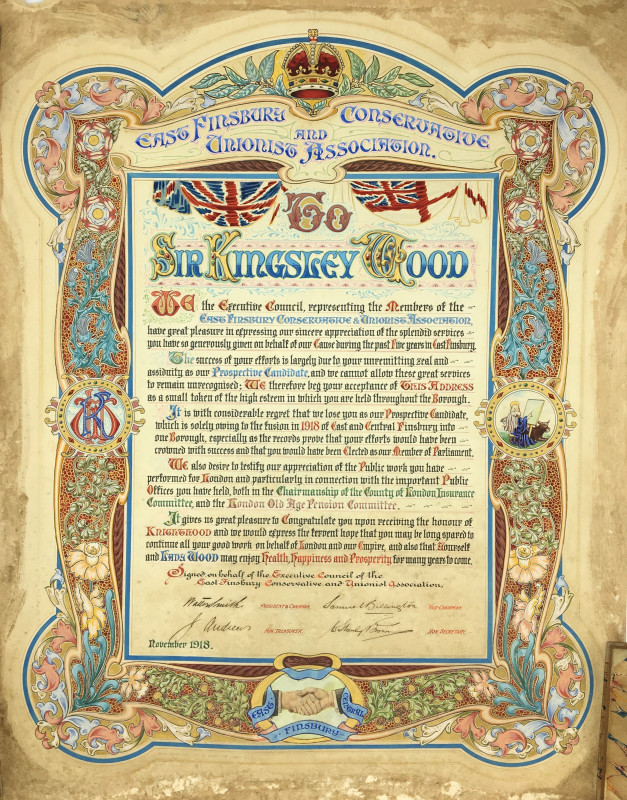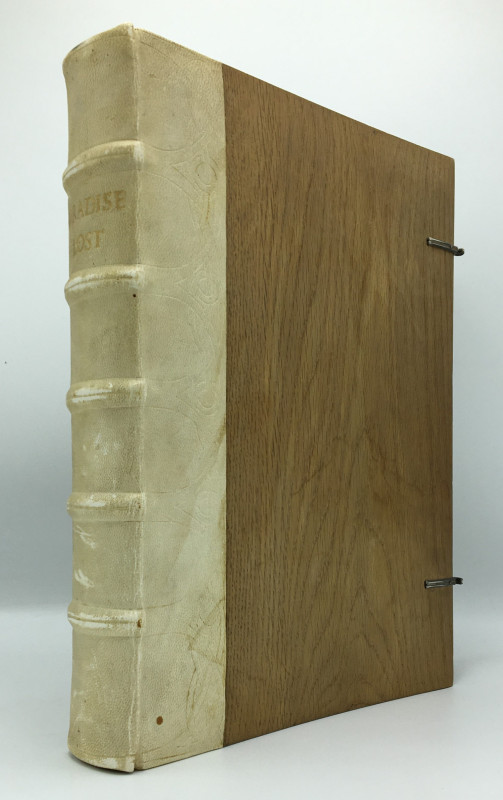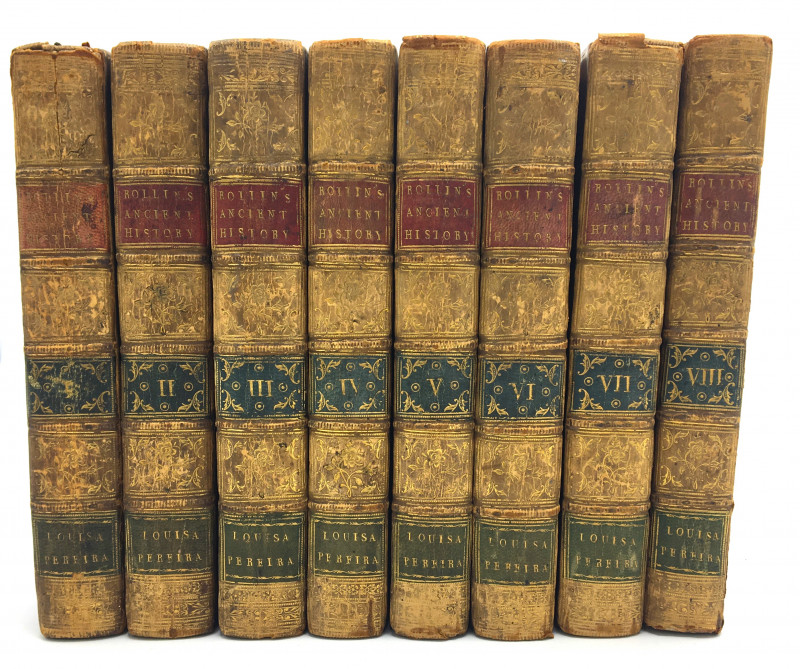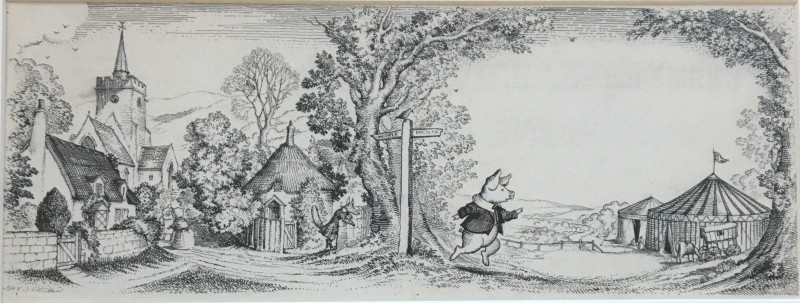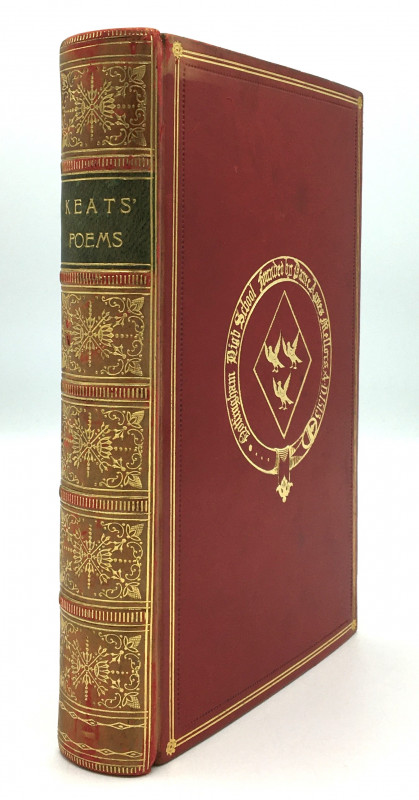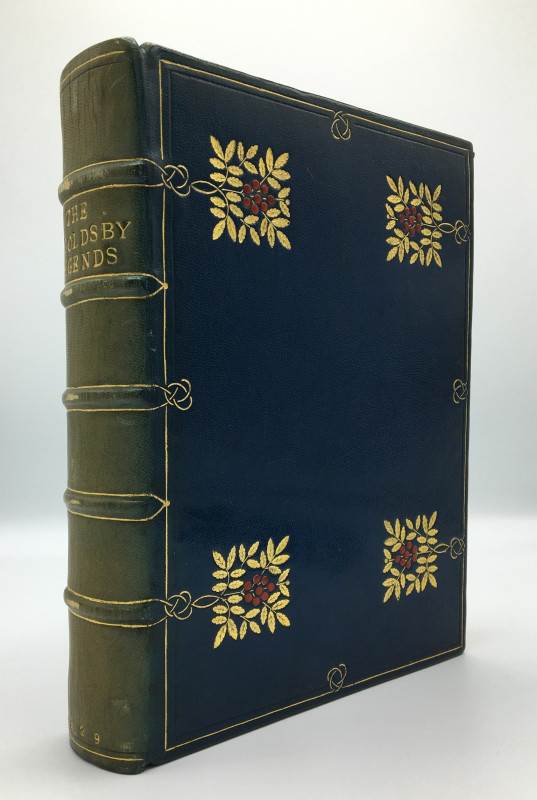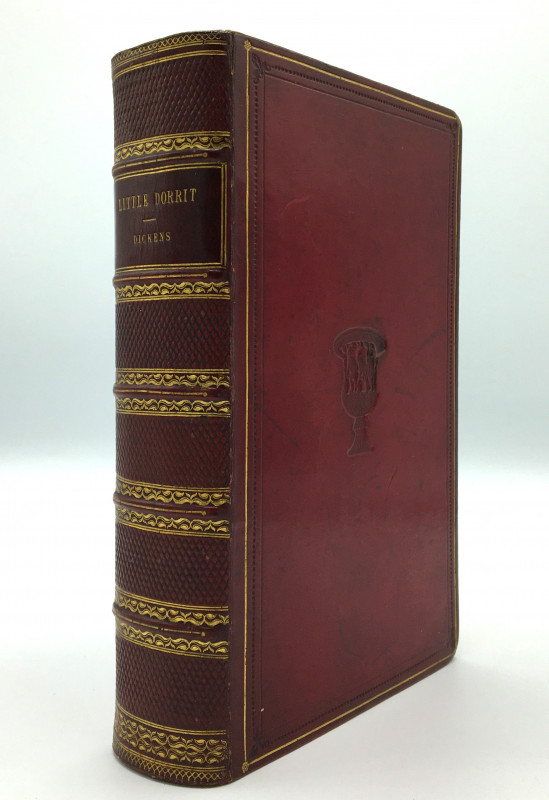THREE MANUSCRIPT DIARIES CHARTING THE TRAVELS OF A SAILOR ABOARD HMS VERONICA ON THE SOUTHERN PACIFIC STATION, 1926-1929. Including visits to New Zealand, French Polynesia, Fiji, Tonga, and Samoa.
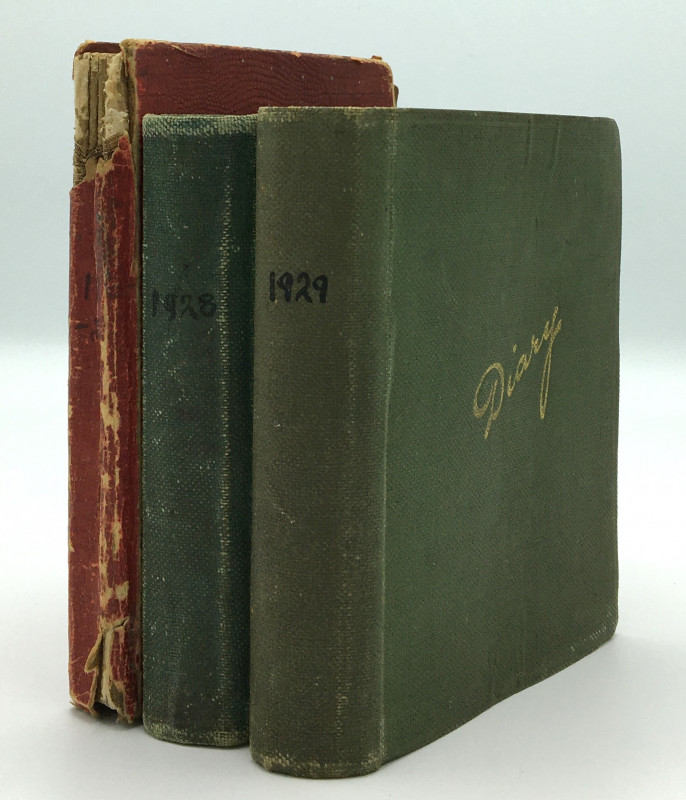
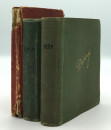





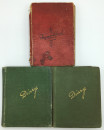
Book Description
Three manuscript diaries. The first a blank ruled notebook in contemporary textured red cloth (16 x 11cm), the second and third being printed diaries published by John Walker & Co. of London in matching contemporary green cloth (14 x 12.5cm); each volume with manuscript date to the spine (1926-7; 1928; 1929). The first volume inscribed “Log of A. H. Morris. Royal Navy. During commission of H.M.S. Veronica on the Southern Pacific Station 1926-7” in pencil to the front pastedown, the other two similarly inscribed in ink. The first volume comprising 237pp. completed in pencil manuscript (with 57pp. blank at the rear); the second comprising 376pp. completed in ink manuscript (entirely full); and the third comprising 198pp. completed in ink manuscript (up to late July, when Morris returns home, the remainder blank). The first diary with loss to the spine ends, cracking to the joints, marking to the boards, and toning to the preliminary pages; the second and third with a lean to the spine, a light bend to upper board of the third, light wear to the extremities, and some scattered foxing to the preliminary pages - otherwise condition is good.
Dealer Notes
A detailed and entertaining set of diaries kept by a sailor, A. H. Morris of London, aboard the H.M.S. Veronica during the late 1920s, charting his service in New Zealand and the South Pacific.
The diaries document Morris’s life aboard the ship and in various ports across the region (including naval activities and interactions with other ships) as well as his observations and experiences of the places his visits, their inhabitants, landscapes (including volcanoes), local activities, pursuits, sports, and industries, and much on politics and current affairs (such as the proposal of prohibition in New Zealand, which he vociferously opposes), including Auckland, Wellington, Nelson, and many other smaller places in New Zealand, as well as: Bora-Bora, French Polynesia (“a most godforsaken spot”); Papeete (“extremely squalid, particularly in the Chinese quarter”); Mo’orea (“a gem of the Pacific”); Nuku Hiva (“Captain and Doctor Ritchie went ashore, some natives came off to the ship selling canoes, beads, and other things, the chief was allowed to fire off one of the 3 pounder guns, which caused them great amusement”); Penrhyn, northernmost of the Cook Islands (“the centre of the pearl diving industry”); the Solomon Islands (from which they have to divert their voyage due to recent unrest - “the natives there are still wild and cannibals, they massacred two whites and fifteen native police last week”; Samoa (including a lengthy explanation of the social customs surrounding cricket in the country, beginning: “Samoa is one of the queerest places for cricket... They play their own kind of cricket there (the full-blooded natives, I mean) and in some parts of Samoa - particularly Tutuila, American Samoa - it is forbidden altogether”); Milford Sound (“like going into Fairyland”); Suva, Fiji (“a fine town... there are a lot of Hindoos here, in fact they are so numerous as to form the bulk of the population, although, of course, the native Fijian is supreme outside the towns”); and numerous other locations.
Morris’s descriptions are often lengthy, thoughtful, and well-written, the diaries as a whole being highly readable and offering an engaging insight into life in New Zealand and the Pacific Islands during the 1920s.
Launched in 1915, HMS Veronica first served during the First World War, predominantly in the Mediterranean. Following the war, she formed part of the New Zealand Division of the Royal Navy between 1920-1934, where she exercised with cruisers, toured New Zealand ports, took part in ceremonial occasions, and went on annual Pacific Island cruises in conjunction with her sister ship Laburnum (with such occasions being documented in the present diaries). The ship was also notable for its role in assisting the survivors of the 1931 Hawke’s Bay earthquake.
The diaries document Morris’s life aboard the ship and in various ports across the region (including naval activities and interactions with other ships) as well as his observations and experiences of the places his visits, their inhabitants, landscapes (including volcanoes), local activities, pursuits, sports, and industries, and much on politics and current affairs (such as the proposal of prohibition in New Zealand, which he vociferously opposes), including Auckland, Wellington, Nelson, and many other smaller places in New Zealand, as well as: Bora-Bora, French Polynesia (“a most godforsaken spot”); Papeete (“extremely squalid, particularly in the Chinese quarter”); Mo’orea (“a gem of the Pacific”); Nuku Hiva (“Captain and Doctor Ritchie went ashore, some natives came off to the ship selling canoes, beads, and other things, the chief was allowed to fire off one of the 3 pounder guns, which caused them great amusement”); Penrhyn, northernmost of the Cook Islands (“the centre of the pearl diving industry”); the Solomon Islands (from which they have to divert their voyage due to recent unrest - “the natives there are still wild and cannibals, they massacred two whites and fifteen native police last week”; Samoa (including a lengthy explanation of the social customs surrounding cricket in the country, beginning: “Samoa is one of the queerest places for cricket... They play their own kind of cricket there (the full-blooded natives, I mean) and in some parts of Samoa - particularly Tutuila, American Samoa - it is forbidden altogether”); Milford Sound (“like going into Fairyland”); Suva, Fiji (“a fine town... there are a lot of Hindoos here, in fact they are so numerous as to form the bulk of the population, although, of course, the native Fijian is supreme outside the towns”); and numerous other locations.
Morris’s descriptions are often lengthy, thoughtful, and well-written, the diaries as a whole being highly readable and offering an engaging insight into life in New Zealand and the Pacific Islands during the 1920s.
Launched in 1915, HMS Veronica first served during the First World War, predominantly in the Mediterranean. Following the war, she formed part of the New Zealand Division of the Royal Navy between 1920-1934, where she exercised with cruisers, toured New Zealand ports, took part in ceremonial occasions, and went on annual Pacific Island cruises in conjunction with her sister ship Laburnum (with such occasions being documented in the present diaries). The ship was also notable for its role in assisting the survivors of the 1931 Hawke’s Bay earthquake.
Author
MORRIS, A. H.:
Date
1926-1929
Publisher
[Original manuscripts].
Friends of the PBFA
For £10 get free entry to our fairs, updates from the PBFA and more.
Please email info@pbfa.org for more information
